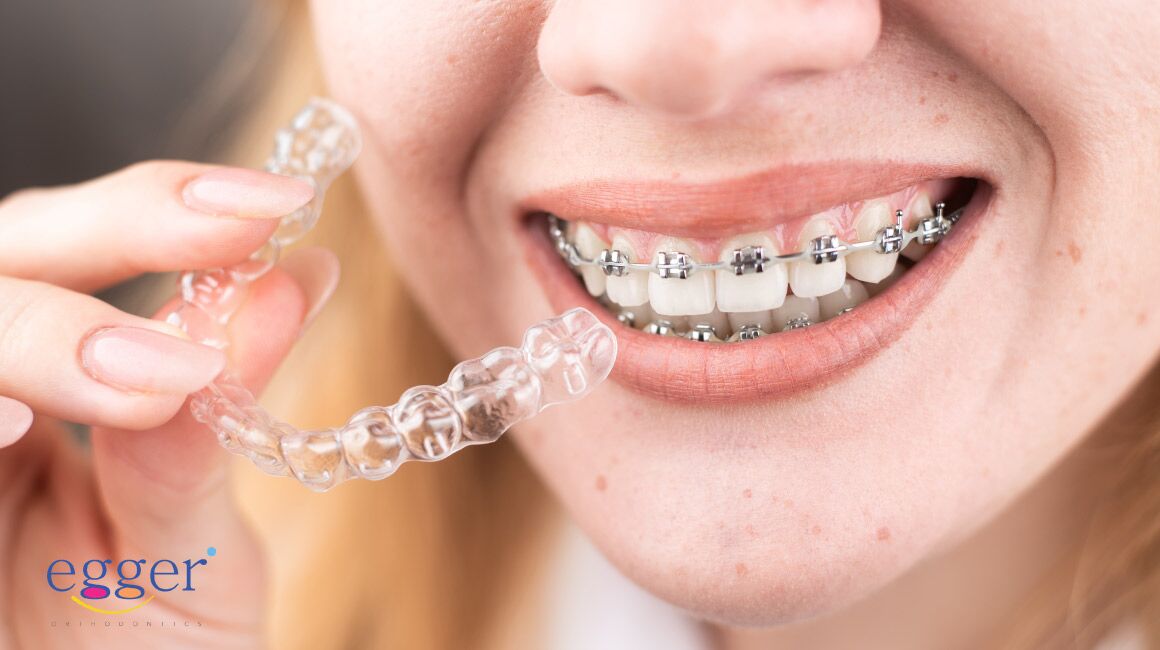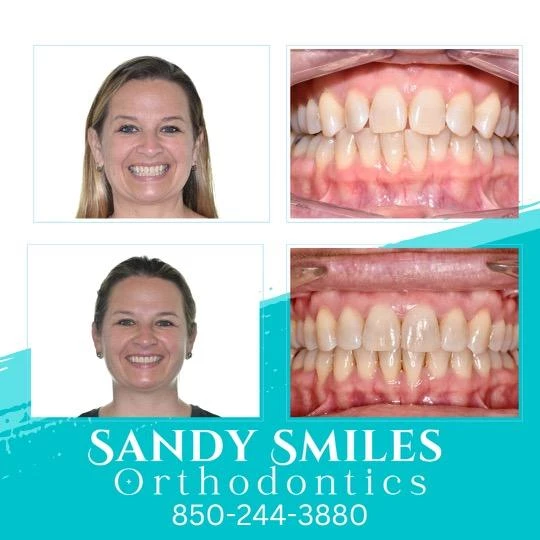What to Expect Throughout Your Invisalign Journey: A Comprehensive Overview
What to Expect Throughout Your Invisalign Journey: A Comprehensive Overview
Blog Article
Invisalign vs. Traditional Dental braces: Which Alternative Is Right for You?
When considering orthodontic treatment, the choice between Invisalign and conventional braces presents a number of essential aspects that warrant mindful assessment. Invisalign uses a very discreet choice with detachable aligners, while typical dental braces provide a more visible yet effective service for severe misalignment. Each option encompasses distinctive benefits and drawbacks related to looks, convenience, therapy period, and expense. Comprehending these nuances is important for making a notified decision that aligns with your personal choices and way of living. The inquiry continues to be: which choice will finest meet your orthodontic needs and expectations?
Introduction of Treatment Options

On the other hand, conventional dental braces contain metal braces and cords that are bonded to the teeth. This technique uses continuous pressure gradually to attain alignment. While efficient for intricate orthodontic issues, conventional dental braces call for normal check outs for changes and can pose challenges in preserving dental health as a result of the difficulty of cleaning up about braces and cords.
Both choices have their values, and the selection commonly depends upon specific dental conditions, lifestyle preferences, and client conformity. Eventually, getting in touch with an orthodontic specialist is crucial for identifying the most appropriate treatment plan tailored to individual needs. Understanding the nuances of each option can considerably influence the overall success of orthodontic treatment.
Visual Factors To Consider
A substantial variable affecting the option between Invisalign and conventional dental braces is the visual charm each therapy supplies. Invisalign aligners are crafted from clear plastic, making them practically unseen when worn. This discreet look is specifically attracting adults and teenagers that may really feel awkward regarding their orthodontic treatment. The ability to keep an all-natural smile throughout the positioning process can dramatically boost the client's confidence in social and specialist settings.
On the other hand, conventional dental braces contain steel brackets and cords, which can be much more noticeable. While innovations in orthodontic technology have actually resulted in the growth of smaller braces and colored elastics, standard braces still preserve an even more conspicuous account. For some individuals, the exposure of dental braces may prevent them from seeking needed therapy.
Ultimately, the selection between Invisalign and conventional dental braces may pivot on individual preferences relating to aesthetic appeals. Patients who focus on discernment frequently lean towards Invisalign, while those that are less concerned regarding presence may select standard dental braces. Understanding the aesthetic ramifications of each alternative is crucial for making a notified choice that straightens with one's lifestyle and preferences.
Comfort and Convenience

In terms of benefit, Invisalign aligners are removable, making it possible for people to appreciate their preferred foods without restriction and keep ideal oral hygiene. Cleaning and flossing are simplified, as the aligners can be taken out throughout these routines, whereas traditional dental braces need careful steering around braces and wires.
In contrast, standard dental braces require normal adjustments, making them much less hassle-free for those with hectic timetables. Overall, the convenience and ease of Invisalign make it an attractive selection for many individuals looking for orthodontic therapy.
Therapy Duration and Efficiency
While both Invisalign and traditional braces work in correcting dental misalignments, the period of therapy can vary considerably in between both options. Usually, Invisalign therapy can take anywhere from 12 to 18 months, relying on the complexity of the case. The clear aligners work by slowly changing teeth right into their desired settings, and normal follow-ups with an orthodontist help guarantee development remains on course.
In contrast, conventional dental braces usually require a longer commitment, usually ranging from 18 months to three years. This is due to their fixed nature and using brackets and cables, which can be a lot more efficient for serious imbalances and complicated situations (Invisalign). The treatment efficiency of conventional braces is well-documented, as they enable for accurate adjustments and greater control over tooth motion
Eventually, the option between Invisalign and conventional braces might rest on both the awaited therapy duration and the specific dental concerns handy. Consulting with an orthodontist is vital, as they can supply tailored recommendations based upon specific requirements, making sure the selected method straightens with preferred durations and results.
Cost Contrast and Insurance Policy Choices
Cost plays a substantial duty in the decision-making process for individuals taking into consideration orthodontic treatment, whether selecting Invisalign or conventional dental braces. Typically, the price of Invisalign arrays from $3,000 to $8,000, while typical dental braces normally set you back between $2,000 and $6,000. Aspects influencing these costs consist of the intricacy of the situation, the duration of treatment, and geographical location.
Insurance coverage can significantly impact out-of-pocket expenses. Several dental insurance policy strategies give partial coverage for orthodontic treatments, his explanation but the specifics check that can differ extensively. It is vital for clients to review their insurance coverage to determine the degree of protection for either alternative. Generally, typical dental braces may be much more frequently covered by insurance policy strategies compared to Invisalign, which some insurance providers classify as a cosmetic treatment.
Furthermore, numerous orthodontic techniques offer flexible repayment strategies, making both therapy options more easily accessible. People should ask about prospective funding choices and price cuts for ahead of time settlements. Evaluating the total cost, consisting of insurance advantages and settlement plans, is vital for making a notified choice that straightens with both visual choices and budget considerations.

Conclusion
In recap, the option between Invisalign and standard braces hinges on several aspects, consisting of visual choices, convenience, treatment period, and expense. Invisalign supplies a very discreet, detachable choice that facilitates oral hygiene and nutritional flexibility, while traditional braces may be preferable for complex dental issues and usually come with a reduced price point. Inevitably, assessment with an orthodontist is important to examine specific scenarios and establish one of the most suitable therapy option for attaining optimum dental positioning.
When taking into consideration orthodontic treatment, the selection between Invisalign and traditional braces provides numerous vital elements that merit mindful assessment.Contrasting Invisalign and traditional braces discloses distinct treatment options for orthodontic modification.While both Invisalign and traditional dental braces are effective in fixing oral imbalances, the duration of therapy can differ considerably between the 2 options.Price plays a substantial duty in the decision-making process for people taking into consideration orthodontic therapy, whether deciding for Invisalign or typical braces.In recap, the choice between Invisalign and conventional dental braces pivots on several factors, including visual choices, comfort, therapy period, and expense.
Report this page